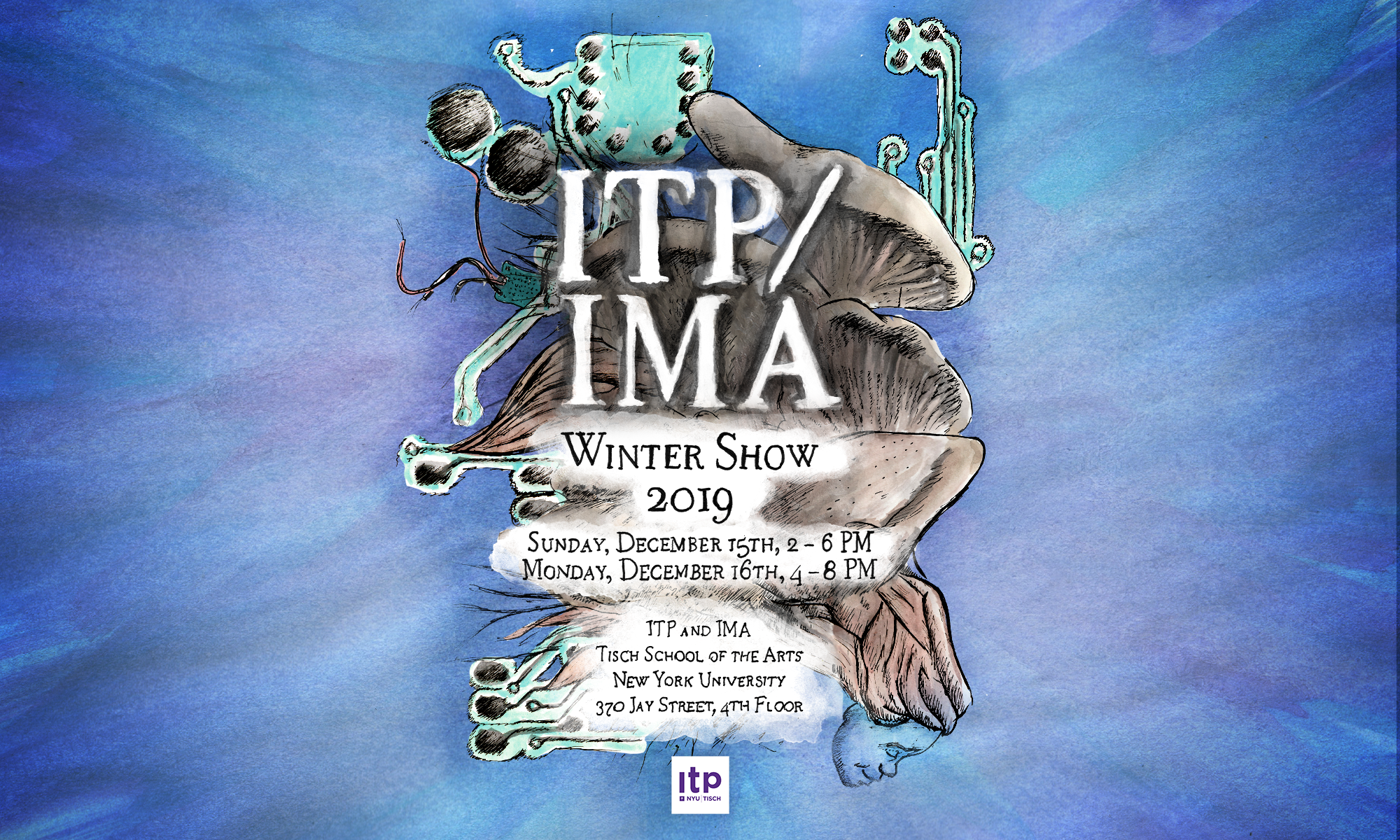Benjamin Moll
A stage lighting tool designed to allow users to test their lighting designs before final development and/or learn the basics of lighting design.
https://wp.nyu.edu/benjaminmoll/physical-computation-final-project-post/
Description
This project is born out of my frustration as an amateur lighting designer for theater wherein I often had to rely on analog lighting designs prior to “moving in” to a space. Allowing a designer to try out their looks at a small scale provides a great feedback step to finalize design concepts before committing full scale. Finally, this project can be used to introduce the basics of lighting design in a low-cost educational setting as opposed to expensive simulation softwares available currently. The L.I.V.E tool provides three key controls in position, brightness and color of two separate lights which are simply structured with a joystick controller and browser sliders. The look of the project has been intentionally left simple to emphasize the plug and play concept of the circuit on any type of stage setting though I will provide some minimal stage design to accompany the project for demonstration purposes. Ultimately, the project is a prototype for both a halfway design step that I believe is missing from current amateur processes as well as an introductory platform for introducing lighting concepts at a student level.
The function of the circuit is based on Arduino Nano, p5.js Serial communciation and the AxiDraw EiBotBoard. These three components allow for the Nano to read inputs such as the joystick and sliders and then write those commands to the AxiDraw or stepper motor all through the p5 Serial library. Each control has a unique character flag that the Arduino or EiBotBoard code handles and interprets as movement control or LED commands. The LEDs are AdaFruit Flora Neopixels and the stepper motor belt is driven by an EasyDriver motor driver circuit attached to the Arduino.
Classes
Introduction to Computational Media, Introduction to Physical Computing

